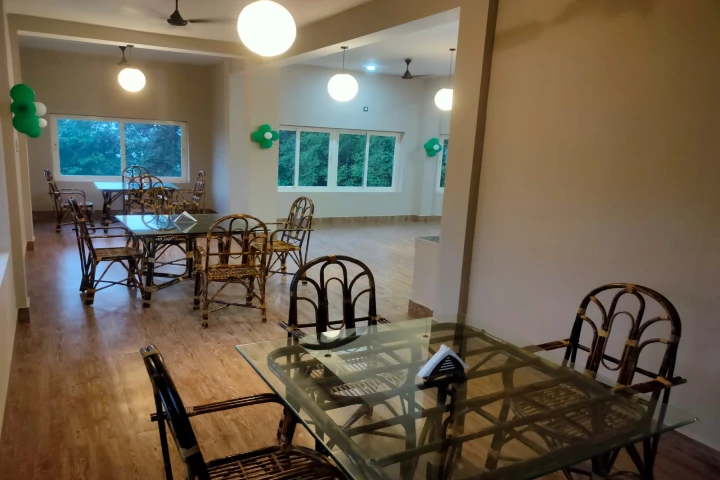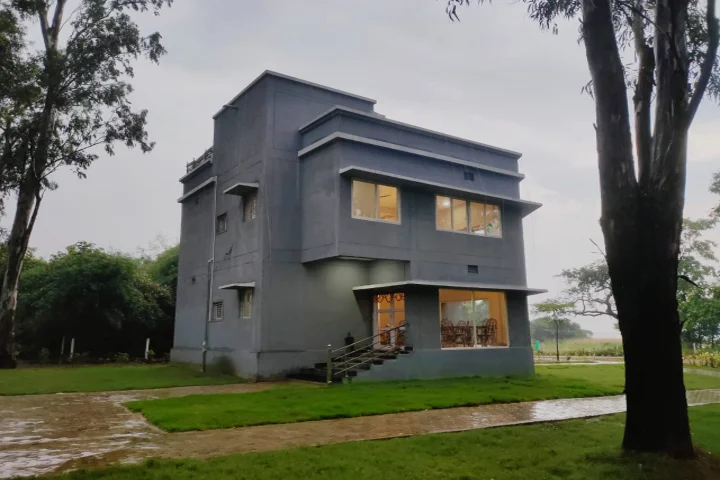With emphasis being laid on eco-tourism, Debrigarh Wildlife Sanctuary in Odisha has started two nature parks. The two called Hirakud Nature Park and Debrigarh Nature Park, were inaugurated by S.K. Popli, Principal Chief Conservator of Forests in the presence of Forest Department officials of Hirakud Wildlife Division and local villagers.
HNP which is spread over 2.5 acres is located at Govindpur village in Bargarh district while DNP is situated at the Zero Point which is the entry point to the sanctuary from Sambalpur and adjoining the Debrigarh Wildlife Sanctuary and Hirakud wetland.
Sharing details about the HNP, Anshu Pragyan Das, the Divisional Forest Officer of HWD said that the forest department had set up boating facilities and basic amenities like refreshment kiosk there as picnickers, birders and visitors in thousands throng the village. Apart from this the wetland around Govindpur has many submerged temples, which have been renovated, and hills. For visitors to take in the scenic beauty of the place beautiful wooden boats have also been constructed, she added.

Providing more details, the DFO said that the entire Govindpur project is being managed by the women who will ensure that the place remains plastic free. The residents have also decided to take up Mahanadi Alati every day and on every auspicious occasion. This she said will be an added attraction for the visitors.
This project will provide an alternative source of income for the locals. This holds true for DNP which has similar amenities for tourists. This too will be managed by the local forest-dependent communities. Here the work on the refreshment kiosk, souvenir shop and boating facilities have been completed, one open Orchidarium is under progress at the location. The DFO said the revenue generated from boating, visitor amenities and refreshment kiosks will be shared within the community.
Besides these two spots, Forest Department authorities will develop a village located in the buffer zone as mini Chilika. This village, which is known for community conservation of birds, saw as many as 108 species last year between October and March. Among these were grebes, skimmer, Northern shoveler, darter, gulls, lapwing, plover, pochard and sandpiper. Apart from these, tufted ducks, common coot and Lesser whistling ducks in large numbers were seen in the wetland.
In May this year, community members of Govindpur were taken to Chilika Lake on a two-day exposure visit for capacity building.




















